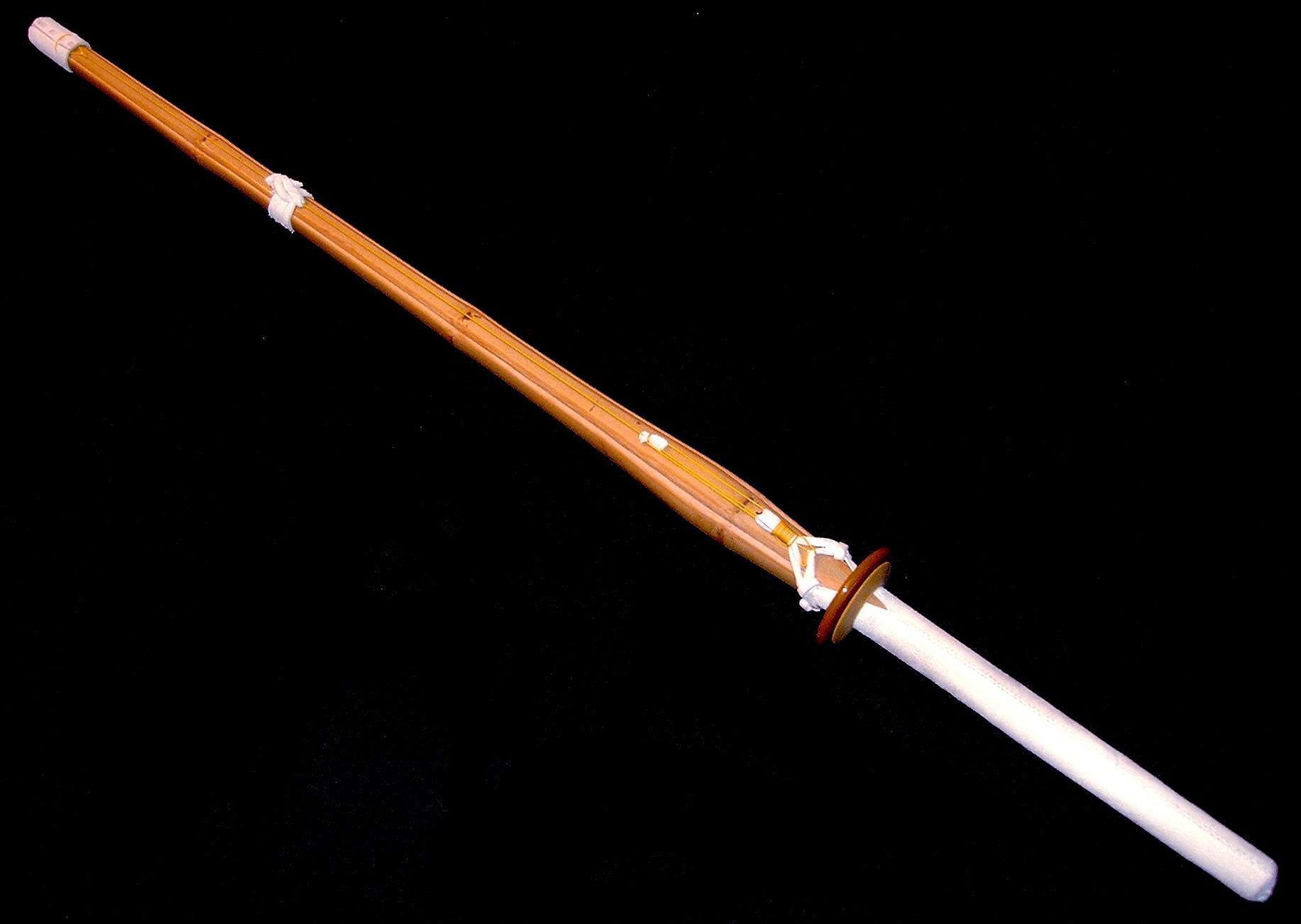Your Cart is Empty


In the Japanese martial art kendo, the shinai is one of the most important tools for practitioners. Typically made of bamboo and shaped like a sword, practitioners use it to strike opponents and defend against incoming attacks. But if you're planning to learn kendo, you'll need to know how to maintain a shinai.
Inspect for Splinters and Cracks
Try to get into the habit of inspecting your shinai for splinters and cracks on a regular basis, preferably before or after every use. A typical shinai features four slats that are tied together with string. Upon striking an opponent, these four slats distribute the force of impact by flexing. If your shinai is splintered or cracked, however, the force won't be appropriately distributed. As a result, there's a greater risk of injury when used in kendo practices.
Tighten the Tsuru... But Not Too Much
As previously mentioned, the four slats of the shinai are bound together with string. This string, known as tsuru, holds the slats in place, preventing them from moving too much upon impact. If the tsuru comes loose, however, the slats could turn into flying projectiles and cause serious injury. To prevent this from happening, you should inspect and tighten the tsuru.
With that said, you should avoid over-tightening the tsuru. If it's too tight, it may snap instead of flex, which can also cause injury. So, tighten your shinai's tsuru just enough so that it's secure, but so much that it creates excessive tension.
Help! My Shinai is Broken
If your shinai is broke, do not attempt to use it. Using a broken shinai in kendo -- even if the damage is minor -- can result in serious injury to either yourself or an opponent. Because they are generally made of bamboo, there's no easy way to repair them. Instead, you should replaced your damaged shinai with a new shinai.
Storage
When your shinai isn't being used, it should be stored either on the floor or placed upright against a wall. Of course, some kendo instructors have their own rules for storing the shinai. Some instructors, for instance, require the shinai's handle to be placed on the floor and the tip leaning against the wall. Also, keep in mind that it's considered poor etiquette to walk over a shinai, whether it's your shinai or someone else's.
Following these tips will help to preserve the integrity of your shinai.